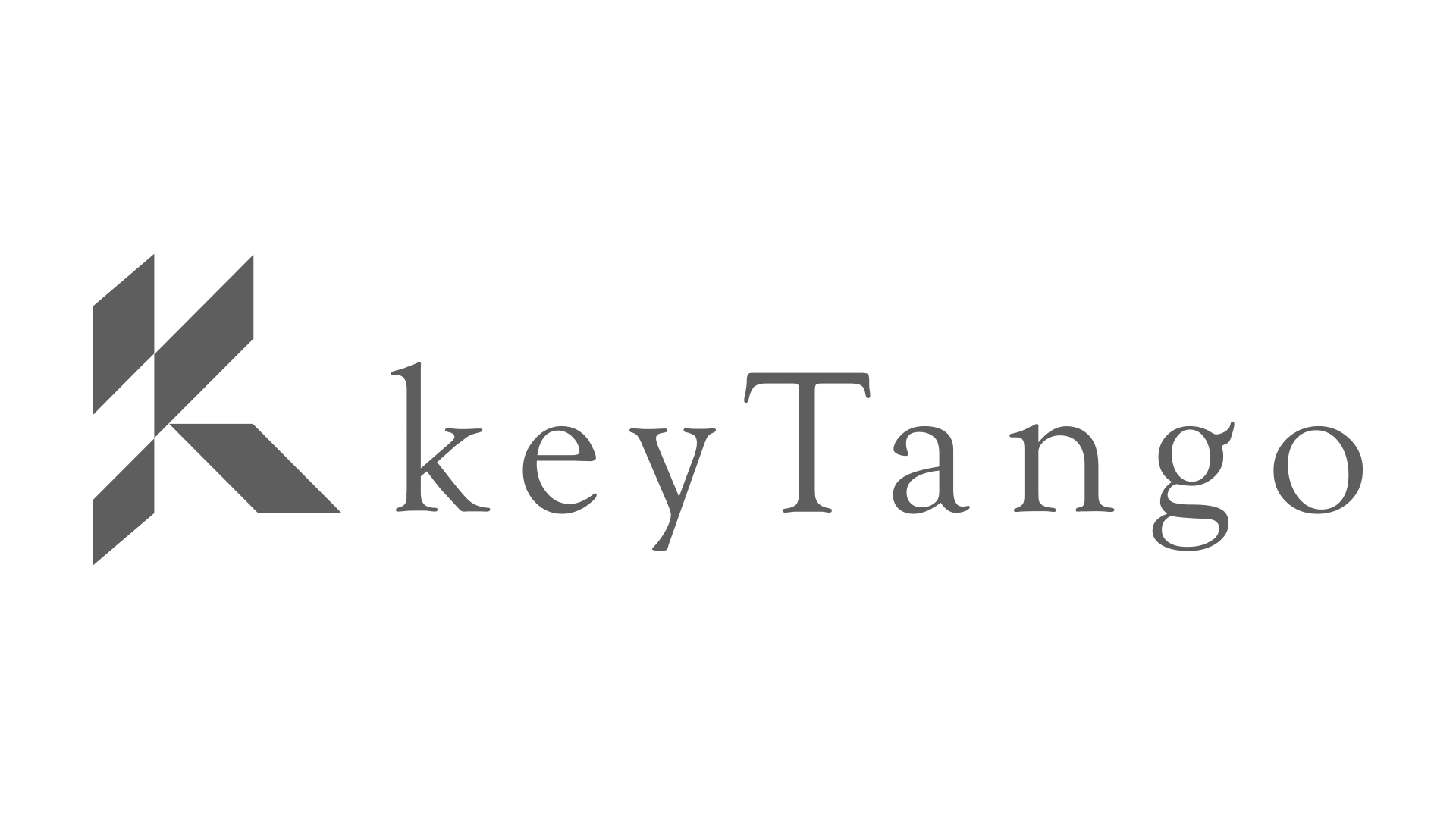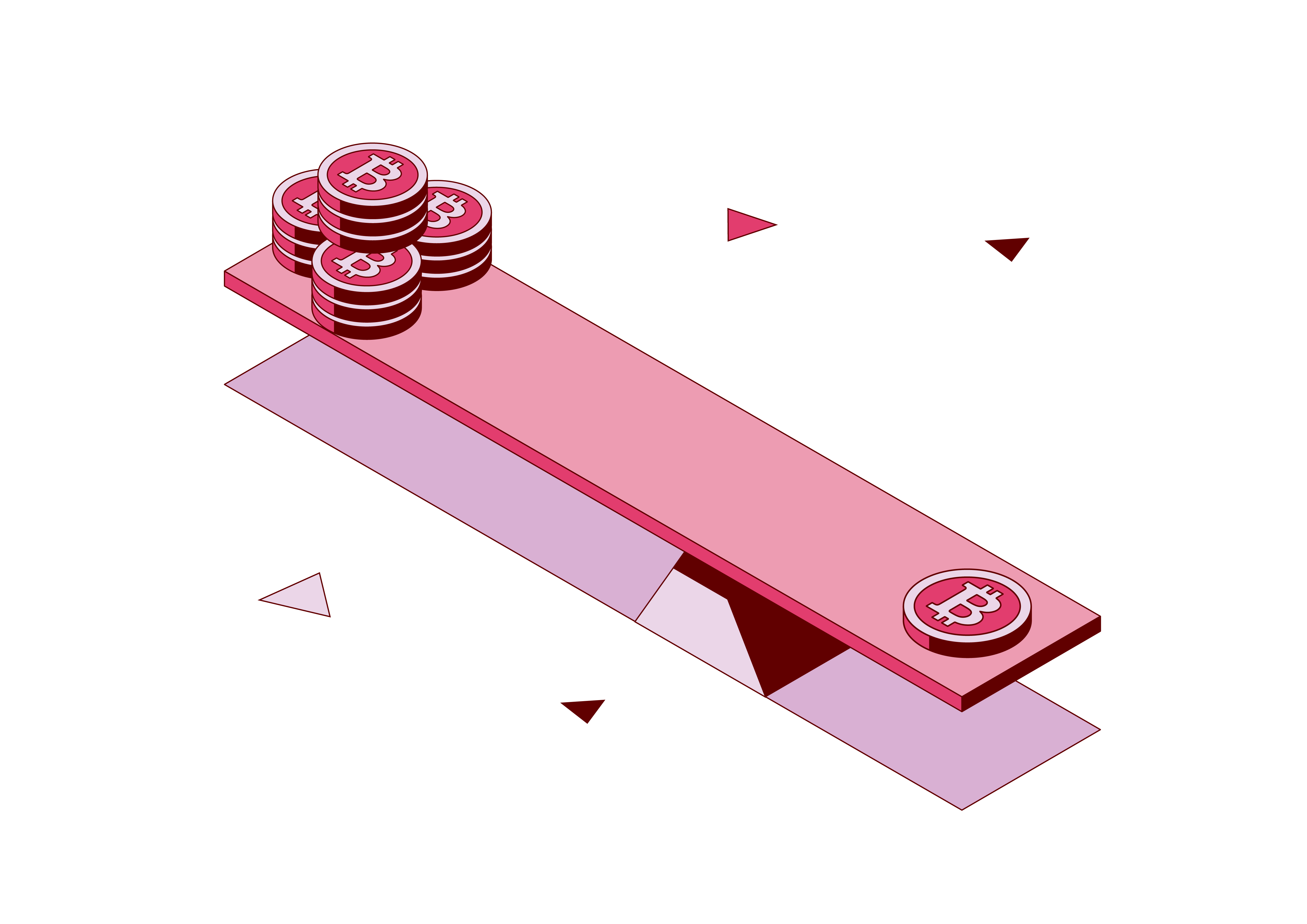As it relates to both CeFi and DeFi, leverage is simply borrowed capital. In leverage trading strategies, a coin investor may start with an equity or principal position and borrow more capital. This allows the trader to expose a greater amount of capital, up and above their principal position, to a trading strategy.
Leverage is often referred to as a multiple, such as 5X, 10X or 100X. A common leverage limit on centralized exchanges (CEX’s), 10X, implies that with $1000 worth of a stablecoin, such as Dai or USDC, a borrower can get a loan totaling $10,000 to put to work in a leverage trading strategy. In this example, the trader can now purchase $10,000 worth of BTC, having started with only $1,000 of principal capital. In exchange for the luxury of using borrowed capital, the leverage trader must pay an ongoing interest rate to use that capital.









